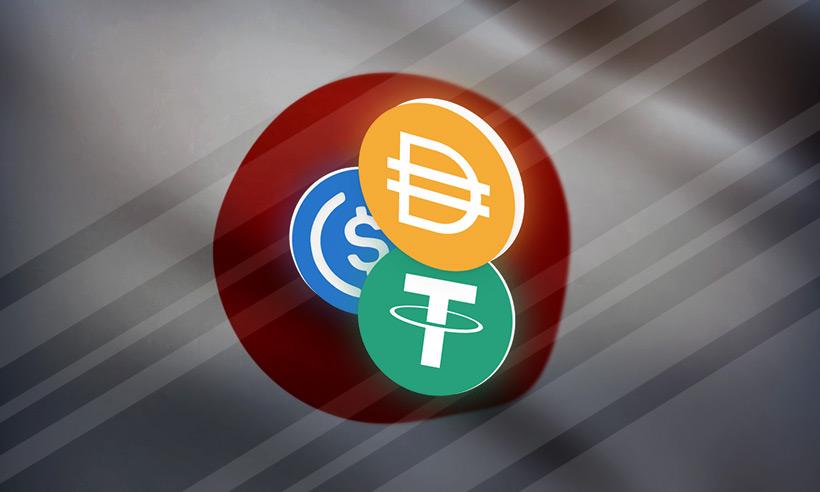Banks To Test StableCoins On The 'Japan Open Chain'
Table of contents
Future plans will focus on a stablecoin system that complies with legal requirements, with the initial focus of the test being on the issuance and transfer of electronic money. Private businesses and local governments will be involved in the latter. Instead of making use of stablecoins that are already available on the market, these banks will create their own. The stablecoins will work with popular wallets like MetaMask. Japan's regulatory authorities will lift the restriction on stablecoins.
Japan Open Chain: What Is It?
An Ethereum-compatible blockchain developed by GU Technologies in collaboration with Dentsu, Minna Bank, Pixiv, the Kyoto University of the Arts, and CORGEAR is called Japan Open Chain.
Japan relaxes stablecoin laws
Regulatory authorities in the country prohibit crypto exchanges from listing stablecoins like USDT. With the change, exchanges can handle stablecoin trading under “the condition of asset preservation by deposits and upper limit of remittance.”
The Bank of Japan is focusing on its CBDC. Japan has increasingly turned its attention to this digital asset since development. The pilot will focus on the technical feasibility of a digital yet and involve private companies.

